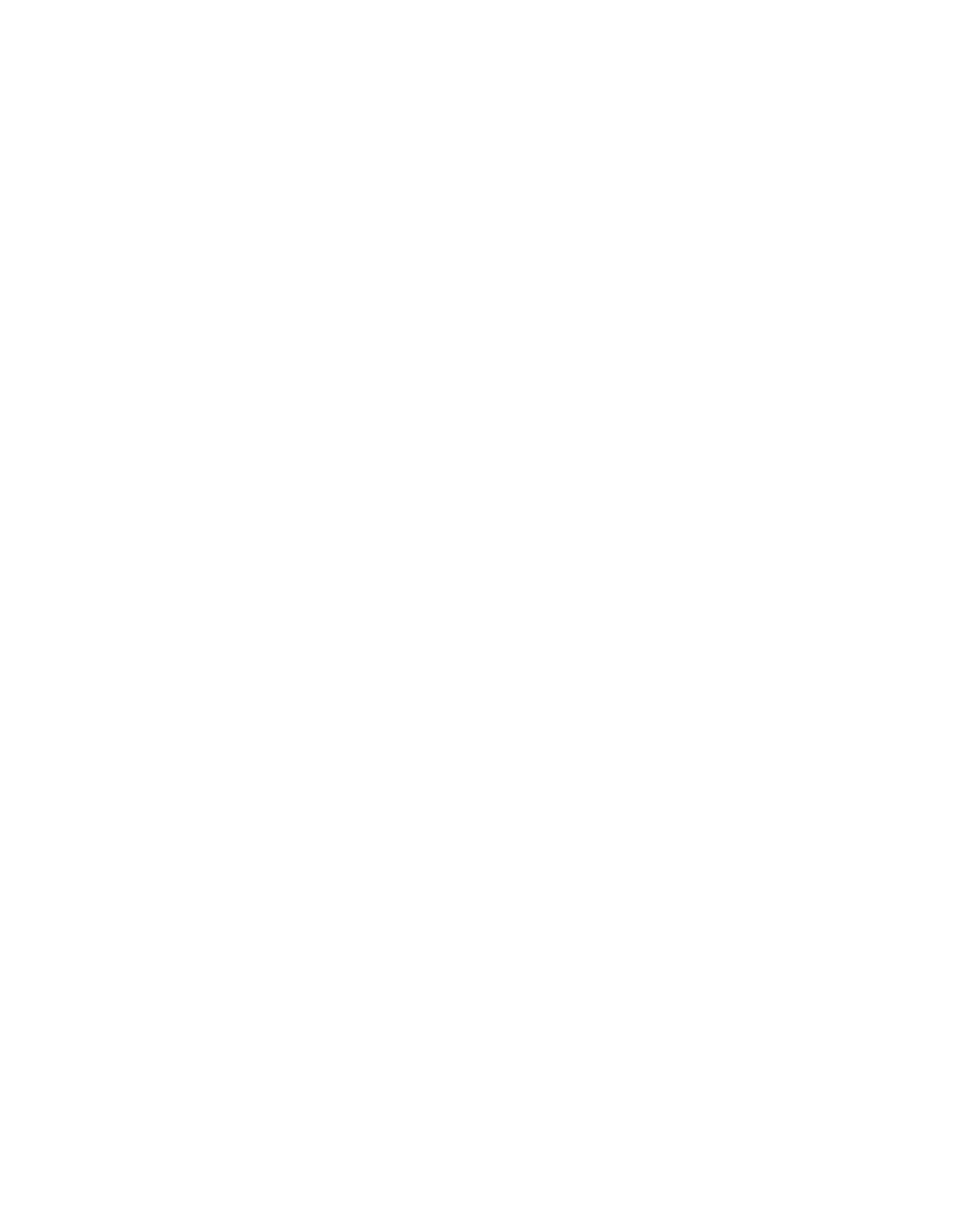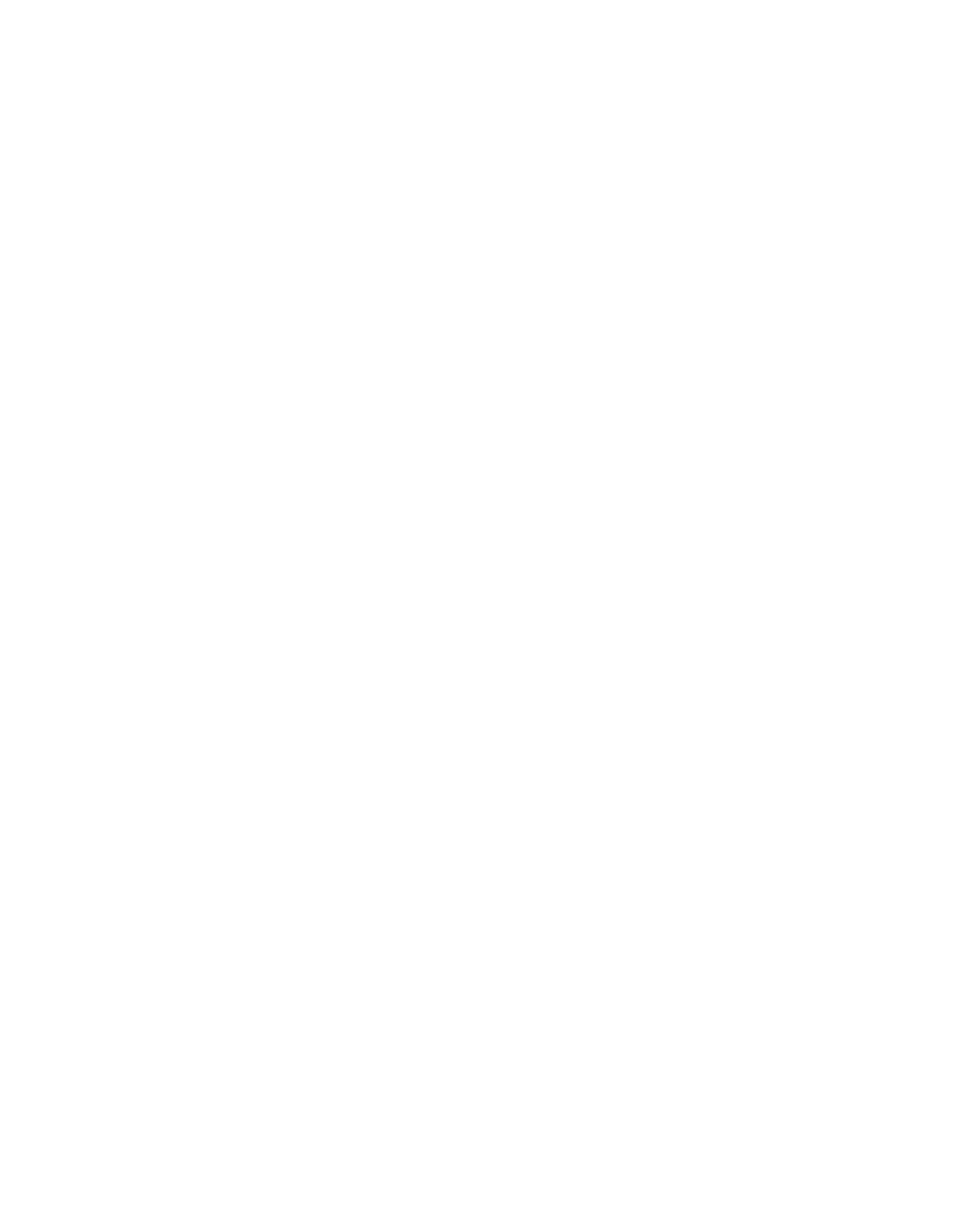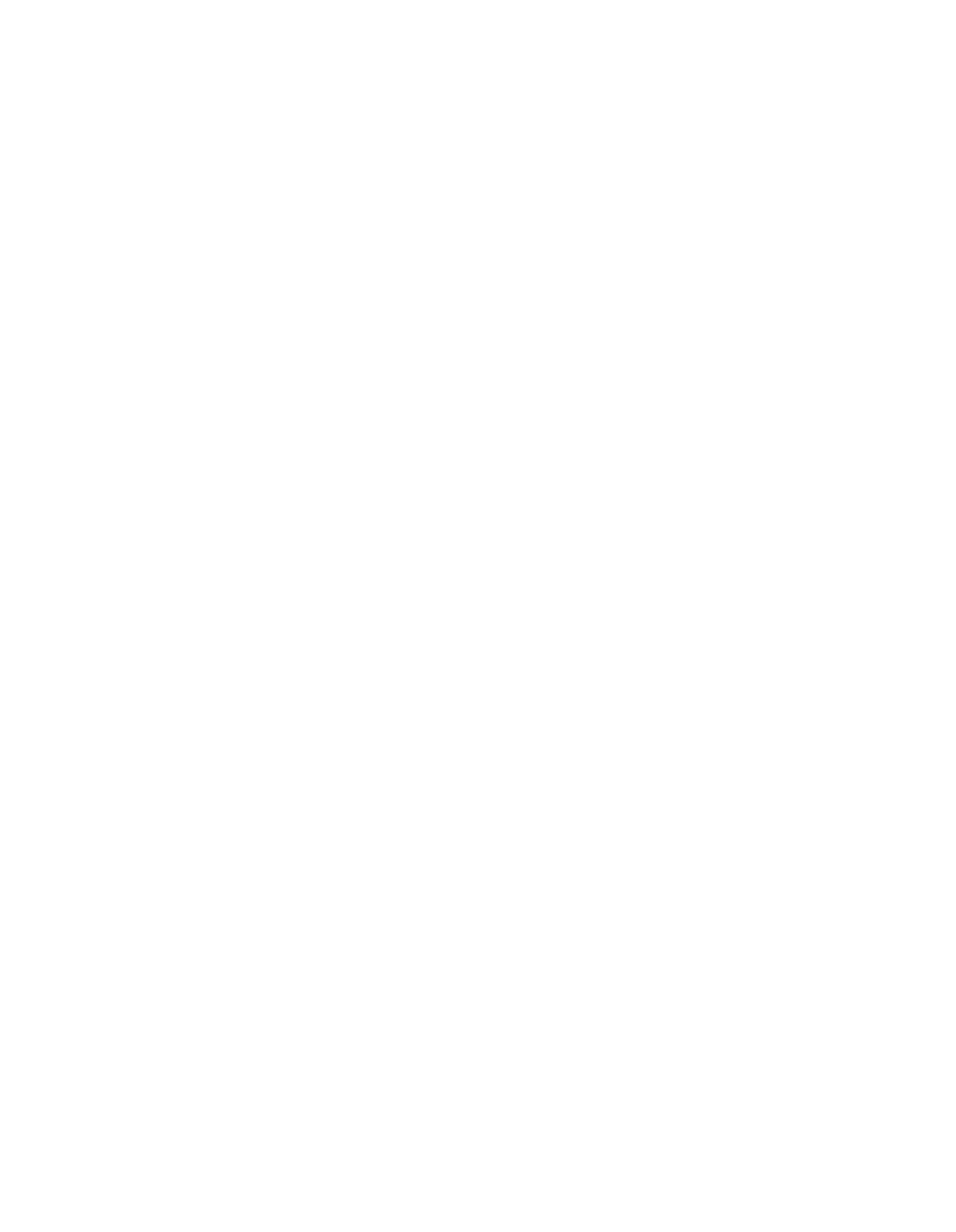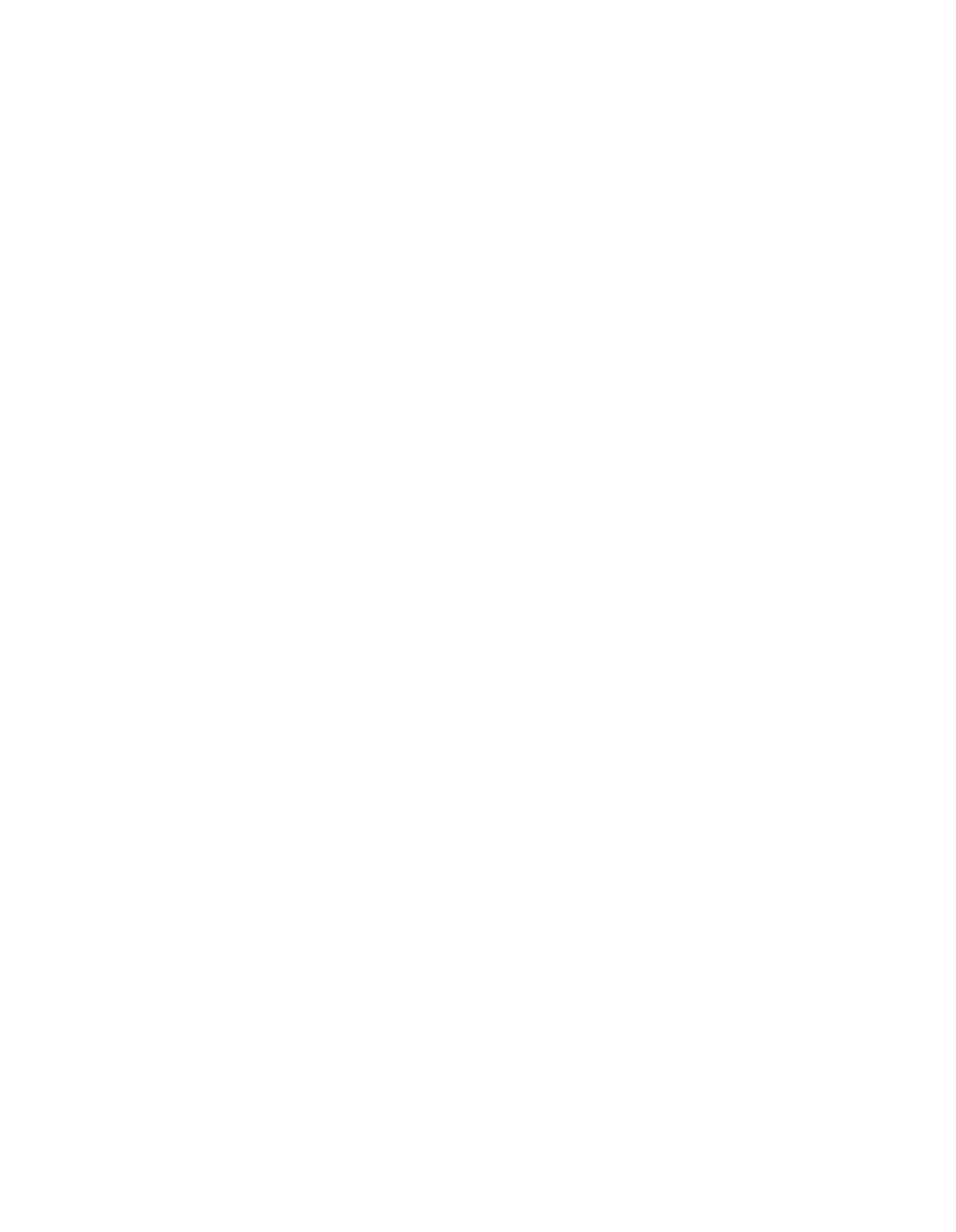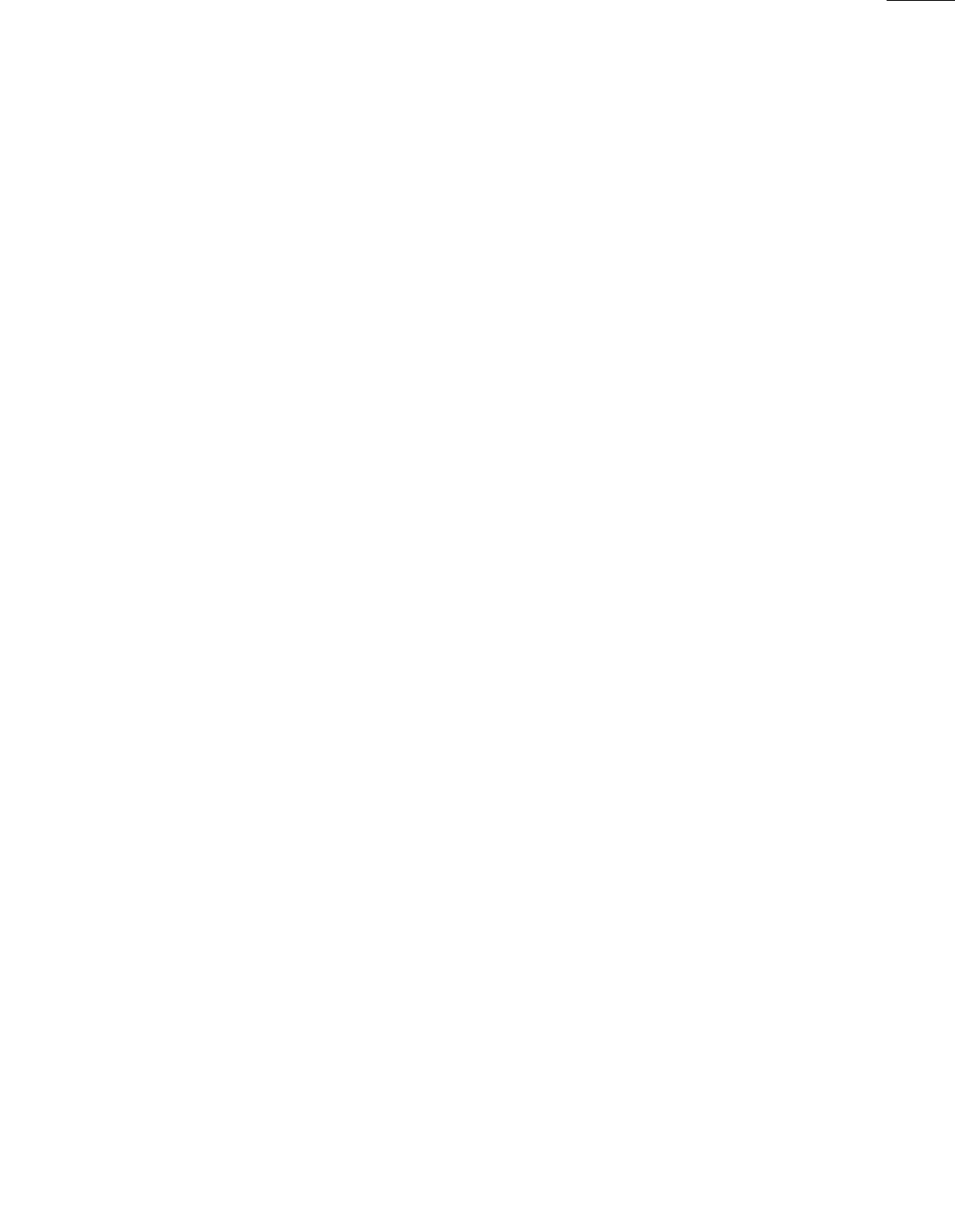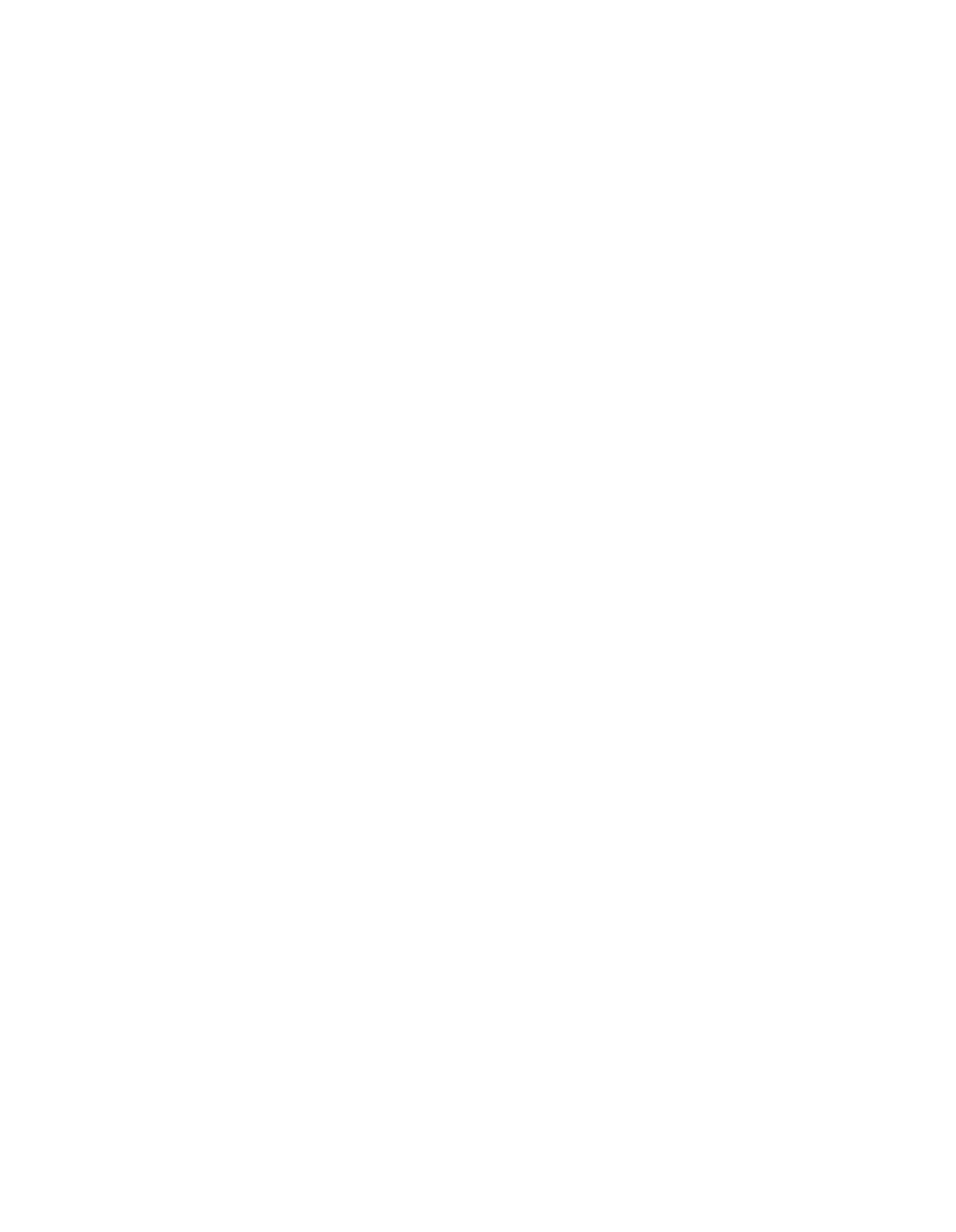NOTICE
R
04-20
(Rulemaking
—
Air)
)
R04-12
)
(Rulemaking
—
Air)
)
(Consolidated)
JUL
122005
STATE OF ILLR’JOIS
Pollution Control Board
TO:
Dorothy Gunn, Clerk
Illinois Pollution Control Board
James R.
Thompson Center
100
W.
Randolph Street, Suite 11-500
Chicago, Illinois 60601
SEE
ATTACHED SERVICE LIST
Richard R.
McGill, Jr, Hearing Officer
Illinois Pollution Control Board
James R. Thompson
Center
100 W. Randolph Street, Suite
11-500
Chicago, Illinois 60601
PLEASE TAKE NOTICE that I have filed with the Office of the Pollution
Control Board the FIRST NOTICE COMMENTS
OF THE ILLiNOIS ENVIRONMENTAL
PROTECTION AGENCY on behalfofthe Illinois
Environmental Protection Agency, a copy of
which is herewith served upon you.
Date:
July
11, 2005
ILLINOIS ENVIRONMENTAL
PROTECTION AGENCY
By:____________________
Charles B. Matoesian
Assistant Counsel
Division of Legal Counsel
1021
North Grand Avenue East
P.O. Box
19276
Spring field, IL 62794-9276
217/782-5544
THIS
FILING IS SUBMITTED ON
RECYCLED PAPER
BEFORE THE
ILLINOIS POLLUTION CONTROL BOARDR
E ~
CLERK’$ ~
IN THE MATTER OF:
CLEAN-IJP PART III AMENTMENTS TO
35
ILL.
ADM. CODE PARTS 211,
218
AND 219
)
)
)
)
IN THE MATTER OF:
TECHNICAL CORRECTIONS TO
FORMULAS IN 35
ILL.
ADM. CODE 214
“SULFUR LIMITATIONS”
)
)
IN THE MATTER OF:
)
)
CLEAN-UP PART III
AMENDMENTS
TO)
35
ILL. ADM. CODE PARTS 211, 218,
)
AND 219
)
IN THE
MATTER OF:
)
)
TECHNICAL CORRECTIONS TO
FORMULAS IN 35 ILL. ADM. CODE 214
)
“SULFUR LIMITATIONS”
)
)
FIRST NOTICE
COMMENTS OF THE
ILLINOIS ENVIRONMENTAL
PROTECTION AGENCY
NOW
COMES
the ILLINOIS ENVIRONMENTALPROTECTION
AGENCY (“Illinois EPA” or “Agency”), by its attorney, Charles B. Matoesian,
and hereby submits comments in the above rulemaking proceeding.
The Illinois EPA appreciates the Illinois Pollution Control Board’s (“Board” or
“IPCB”) efforts in this rulemaking to amend
35
Ill. Adm.
Code Parts 211, 218,
and 219 along with the consolidated Board initiated rulemaking to amend Part
214.
The Illinois EPA believes the proposed amendments will easethe
compliance burden by clarifying existing regulations, reducing the recordkeeping
and reporting requirements and updating testing practices.
The Agency also
thanks the Board for this opportunity to present comments.
After reading the Board’s Opinion and Order ofApril 21, 2005, and
reviewing the May 6, 2004, hearing transcript along with various filings, the
BEFORE THE ILLINOIS POLLUTION
CONTROL BOARD
REC~VED
CLERK’S
OFFICE
JUL
122005
STATE OF IWNOIS
POJI~tj~~
Control 8oar~
R04-20
(Rulemaking
-
Air)
R04-12
(Rulemaking
-
Air)
(Consolidated)
Agency believes that much ofthe confusion in the record has stemmed
from a
misunderstanding of terminology.
While the Board agrees with manyofthe Agency’s recommendations in
R04-20, the illinois EPA is concerned about the Board’s concurrence with Smurfit
that DQO/LCL should be
on an “equal footing” with the standard (enclosure)
protocols. However, Illinois EPA agrees that alternative testing should be
available without a source having to first demonstrate that all standard protocols
are “unsuitable”, and never intended otherwise.
Illinois EPA has attempted to use
the sameterminology in the current rulemaking whenreferring to DQO and LCL
as the U.S. EPA did in the Seitz memo and U.S.
EPA guidance
document.
The
Board fears that there maybe confusion with Section 218.108 when using the
term “alternative” to
describe DQO/LCL.
However, it is more confusing to state
that DQO/LCL should be on an “equal footing” as the existing protocols for
determining capture efficiency (“CE”).
This comparison is not ofequals.
The U.S. EPA consistently uses the term “alternative test methods” to
describe DQO and LCL.1
The document attached to the
Seitz memo,
Guidelines
for
Determining Capture Efficiency,
clearly separates the “Recommended CE
Protocols and Test Methods” in chapter 2
from the “Requirements for Alternative
1111
the Seitz memo,
the US EPA states,
this
guideline document presents the
TTE methods as EPA’s recommended
procedures. As indicated from our earlier investigation leading to the
development of the TTE methods and confirmed by the CMT field
study, the
TTE methods are
the most precise procedures for measuring CE.
Nevertheless, to provide flexibility and to reduce costs, EPA has developed two
alternative methods, DQO and LCL, for determining CE which do notrequire
a
UE.
2
CE Protocols” in chapter 3.
Chapter 2 contains Permanent Total Enclosure
(“PTE”) and Temporary Total Enclosure (“.TTE”).
The DQO/LCL is listed
in
chapter
3
~2
Chapter 2 further states that “the test methods for carrying out the
recommended protocols have been revised and willbe proposed in the Federal
Register.. .as Method 204 through 204F.”
Guidelines,
3.
These test methods
reference PTE and TTE, but not DQO/LCL, indicating they are not recommended
methods.
Table 2-1 ofthe
Guideline
document lists the recommended CE test
methods, but does not include DQO/LCL.
Id.
at
10.
It is true that the U.S. EPA states in the
Guideline
that the DQO/LCL test
methods can “also be used in an alternative CE test method.”
Id.
at
10.
However,
the context is clear that these alternative methods are not preferred.
In addition,
the
Guideline
document states “the
purpose ofthe DQO is to allow sources to
use alternative CE test procedures while ensuring reasonable precision consistent
with pertinent requirements ofthe Clean Air Act.”
Id.
The sole purpose ofincluding alternative testing in the rules is to provide
such flexibility, which U.S. EPA has developed based on two sets of approval
criteria that when either ofthem is met, allow the use ofthe data obtained from
alternative protocols and test methods
for,determining capture efficiency.
Alternative capture efficiency protocols and test methods must meeteither the
requirements ofthe DQO approach or the LCL approach and the additional
criteria presented in guidance document GD-035 (the
Guidelines).
2
Chapter 2
evenbegins withthe passage, “the
CE determination protocols and testmethods
recommended by EPA are largely unchanged from those
issued in the April
1990 guidance memo
and codifiedin the Chicago FTP.1’2
The EPA continues to recommend the use of a PTE, TTE, or
BE for determining CE.”
3
Forclarification, the LCL/DQO is not a method, but rather a statistical
analysis of data collected during the capture efficiencytesting.
The alternative
protocol is essentially measuring capture efficiency without an enclosure, which
has inherent variability; hence, the requirement to conduct a statistical analysis of
the data collected.
Even though the,U.S.
EPAMethod 204 test series was
developed for TTE and Building Enclosure (“BE”) testing, the same procedures
can also be used in an alternative capture efficiency test method.
For example, a
traditional liquid/gas mass balance test could employ Method 204F to measure
liquid VOC input and Method 204B
to measure captured VOC emissions.
The LCL approach is to
“provide sources, which maybe performing much
better than their applicable regulatory requirement, a screening option by which
they can demonstrate compliance.
The approach uses less ‘precise set of data
population and avoids additional test runs which might otherwise be needed to
meet the DQO while still being assured ofcorrectly demonstrating compliance.”
Guidelines, 15.
LCL is designed to reduce “false positive” or so called “Type II
errors” that may erroneously indicate compliance where more variability in results
are obtained.
“The LCL approach compares the 80 percent (2-sided) LCL for the
mean measured CE value to the applicable
CE regulatory requirement.
The LCL
approach requires that either the LCL be greater than or equal to the applicable
CE regulatory requirement or that the DQO is met.”
Guidelines,
16.
The DQO approach allows sources to use alternative CE test procedures
while ensuring reasonable precision consistent with pertinent requirements ofthe
Clean Air Act.
“The DQO requires that the width ofthe 2-sided
95
percent
4
confidence interval of the mean measured value be less than or equal to
10 percent of the mean measured value...This ensures that
95
percent ofthe time,
when’the DQO is met, the actual capture efficiency valuewill be
±5
percent ofthe
mean measured value (assuming that the testprotocol is unbiased).”
Guidelines,
10.
As stated above, by referring to DQO/LCL as alternatives, the Agency is
not
suggesting that a source must first demonstrate whyit cannot use a
recommended procedure (such as TTE) before it is allowed to use DQO or LCL.
The Board seems to misunderstand the Illinois EPA position.
A source
is’ free to•
use DQO/LCL without first demonstrating that it cannot use a recommended
method.3
The Illinois EPA does not seek to require any such determination.
Rather, DQO/LCL are alternatives because they do not have the level ofprecision
found in the recommended methods.
As such, if the source cannot provide
“solid” numbers from DQO/LCL testin’g (values that meet the required accuracy
for these methods), the Illinois EPA could require a U.
:s.
EPA recommended
method pursuant to the authority granted in Section 201.282(a).
A second issue concerns the question ofwhether the Illinois EPA is
seeking to shift the burden ofproof in enforcement cases by insisting that the
complete relevant text ofthe Seitz memo
be referenced.
This reads, “the
LCL
should not be used, however, for enforcement purposes to confirm
noncompliance; sufficient test runs should be run to meet the DQO protocol.”
This is not
a shifting ofthe burden ofproof.
The burden ofproofin enforcement
~ Although the
LCL cannot be used in certain, specified, circumstances such as establishing
emission credits for offsets, shutdowns, and trading ‘and to confirm non-compliance in
enforcementproceedings.
5
cases is on the Illinois EPA.
The language ofthe Seitz memo supports this.
It
states, “for enforcement purposes to
confirm noncompliance..
.“
(emphasis
added).
It is the Agency that would be confirming noncompliance, not a source.
The language intends that the Agency must not use a number derived solely from
LCL testing to prove that a source is non-compliant.
This makes sense because,
as its name suggests, the lower confidence limit only provides a floor below
which one knows capture efficiency exists.
But the CE may be higher.
That is,
an LCL estimated CE value of 68
only means that the CE is at least 68,
but it
may be 69
or 70,
or greater.
Ifthe standard ofCE is 70
in a particular
situation, the Agency doesn’t know if a source with, an LCL estimated CE value
of68
is out ofcompliance or not.
Further testing would be needed.
The Agency asserts that if a sOurce uses LCL and determines that its CE
appears to be below the allowable limit, the source must move on to using DQO
(which requires additional runs to
satisfy the statistical methodology) or standard
capture efficiencytesting.
The burden the source has is providing the Agency
with a solid number.
Sources have always had this burden under Section 201.282.
The LCL cannot do this.
Hence, another method must be used.
The Agency notes from
a reading ofthe Board’s’ Opinion and the May 6,
2004, hearing transcript that there could be a misunderstanding ofthe import of
Mr. Beckstead’s testimony on pages
16-19 and 33-34 ofthe transcript.
In these
pages the burden ofsources is discussed.
The intent ofthe Agency, and Mr.
Bloomberg speaks to this on page 34, was that the sources have a duty to show
the Agency that they are in compliance.
Iftheir LCL testing does not show this,
.6
the Agency can require DQO or standard testing.
The intent was not to suggest
that in an enforcement action, the source has the burden ofproving that it is in
compliance.
Rather, the source has an ongoing duty to show it is,in compliance
through testing, monitoring, recordkeeping and reporting.
In enforcement cases,
the “burden ofproof’ remains with the Agency.
The obligation ofproviding the Illinois EPA with solid information is
reasonable.
Sources may use DQO/LCL as it saves them time and money.
But it
is theirbusiness decision to do so.
Ifthe LCL cannot confirm compliance, or they
cannot test to
DQO certainty, they must still be in compliance.
Hence, the
Agency must continue to have the abilityto require,additional
standard testing to
ensure compliance with the law and the regulations.
It is true that once an
enforcement action begins,
the burden shifts to the Agency to prove non~
compliance.
But the source must still have the duty ofgiving the Agency a solid
numberto understand the source’s position.
Because ofthis, the Agency must have the ability to require further testing
if it is necessary.
The proposed Board language would remove this authority from
the Agency.
Currently, Section 201.282(a) gives the Agency the abilityto
“require the owner or operator ofthe emission source or airpollution control
equipment to conduct such tests in accordance with procedures adopted by the
Agency, at such’reasonable times as may be specified by the Agency and at the
expense ofthe owner or operator ofthe emission source or air pollution control
equipment.” The Agency’s reading ofthe Board’s changes and comments indicate
that the Agency could no longerrequire sources to do
standard capture efficiency
7
testing, thus removing an ability the Agency already has been given and opening
up a loophole in enforcement cases
—
the Agency could not require a company to
do more than testing in accordance with LCL even if LCL failed to show
compliance, yet at the same time the Agency cannot use that testing to prove
noncompliance.
The Board claims that while the Agency can’tprove noncompliance using
LCL, the Agency could
still introduce it as evidence In an enforcement case. Then
the Board would simply “decide what weight, if any, to
give such evidence.”
(Order, p. 23).
This however, risks a great waste of resources.
Not all
enforcement cases come before the Board.
Some go .to the Circuit Court where
familiarity with the issues and terminology might not be so general.
To base an
entire enforcement action on a soft number, LCL, which only expresses the lower
floor for CE, and bring this matter to the Board for decision as to the relative
weight to
give that LCL when no furthertesting has beendone, or can be
required, wastes enormous Agency and Board efforts and will clog the system.
It
is
even questionable if the Attorney General would be willing to pursue such a
claim.
It also wastes the resources ofhonest companies who may conduct LCL
analysis believing it to be sufficient.
Only later, before the Board, would they
find out theyhad achieved nothing.
Even worse, companies who know they are out ofcompliance would be
ableto use the LCL as a shield, hiding behind the LCL’s mere suggestion ofnon-
compliance but knowing that LCL cannot prove noncompliance and that the
Agency cannot require further testing.
Such a source could gamble that the
8
Agency will not have the resources to pursue the matter to
a full hearing, or if the
matter is pursued, that the lack ofprecision in the LCL will cause the Board to
assign it little weight.
Nor could the Agency use alternate means to detennine CE
compliance as in the case where a source merely has inadequate ormissing
records.
Such a scenario cannot be allowed to
occur.
Once again, the Agency refers the Board to
the language ofthe John
Seitz’s memorandum of February 7,
1995, in regards to Implementation of
Capture Efficiency Guidance.
The memo
states on page 3:
for
the purpose ofCE testing to determine compliance with VOC
RACT requirements, any ofthe CE testing methods described in
the attached document are acceptable to EPA.
Such testing
includes initial compliance certification,
enforcement action
where noncompliance
is suspected, and periodic testing asmay
be requiredpursuant to EPA’s enhanced monitoring rules.
The
LCL should not be used, however for
enforcement purposes to
confirm noncompliance; sufficient test runs should be run to
meet the.DQO protocol.
(emphasis added)
It is on the basis ofthe above quoted U.
S. EPA statement that the language used
at Section 2l8.105(c)(2) was formulated.
Also, the Board should remember the
language from the
1995 Guidance document which the Board quotes in its
Opinion on page 9.
“The LCL approach requires that either the LCL be greater
than or equal to the applicable CE regulatory requirement or that the DOO is met”
(emphasis added).
This clearly shows that if the LCL is not greater than or equal
to the applicable CE regulatory requirement, there must be further testing.
It is
the Agency’s interpretation ofthis
statement that if sufficient runs are made to
satisfy the DQO criteria and the resulting calculated CE does not the meet the
regulatoryrequirement, noncompliance is confirmed. As previously mentioned,
9
further authority for additional testing exists at section201.282(a), wherein the
Agency can request a source to test to, the DQO level or to standard protocol if
DQO cannot be satisfied.
The Board’s opinion would remove this authority from
the Agency.
It is also questionable whether the U.S. EPA would approve
language as part ofthe
SIP
which
differs so strikingly from their own guidance.
For these reasons the Illinois EPA urges the Board to adopt the entire
passage from the
Seitz memo plus an additional phrase to add clarity.
Selectively
quoting from the memo risks disapproval from the U.S.
EPA and regulatory
confusion. The Agency agrees with the Board that forthe sake ofclarity, the
applicable language on DQO/LCL should be moved from 218 and 219.105(c)(2)
to 218 and
219.105(c)(2)(E).
Thus, the only alteration to the Board’s proposed
language that the Agency requests is to add the particular clause from the Seitz
memo back to the final sentence ofsubpart (c)(2)(E) alongwith a further clause
ensuring that the Agency’s existing authority is preserved.4
Accordingly, the Agency recommends that the description ofthis subpart
be revised to further clarify it as an acceptable “Equivalent Alternative Protocol”
in both Section 218.l05(c)(2)(E) and Section
219.105(c)(2)(E),
as follows:
B)
Equivalent Alternate Protocol:
Mass balance using
Data Ouality Objective (DQO) orLower
Confidence Limit (LCL) Analysis protocol.
For a liquid/gas input where an owner or operator is’
using the DQO/LCL statistical analysis protocol and
not using an enclosure as described in Method 204
ofAppendix M of40 CFR Part 51, incorporated by
4Along with a change in the
title to 218
and 219.1
0.5(c)(2)(E)
and a few word changes for lucidity.
10
reference in Section 218.112 ofthis Part, the VOM
content ofthe liquid input (L) must be determined
using Method 204A or 204F in Appendix M of40
CFR Part 51.
The VOM content ofthe captured gas
stream (G) to the control device must be determined
using Method 204B or 204C in Appendix M of40
CFRPart
51.
The results of capture efficiency
calculations
(GIL)
must satisf~’
the DQO or LCL
statistical analysis requirements protocol as
described in Section
3 ofUSEPA’s “Guidelines for
Determining Capture Efficiency,” incorporated by
reference at 218.112 ofthis Part.
Where capture
efficiency testing is done to determine emission
reductions for the purpose ofestablishing emission
credits for offsets, shutdowns, and trading, the LCL
statistical analysis protocol cannot be used forthese
applications.
In enforcement cases, the LCL
protocol cannot confirm non-compliance; sufficient
tests must be performed to satisfy the DQO: failure
to satisfy the DOO shall require capture efficiency
to be determined using one ofthe standard protocols
described in subsection (c)~2)~’A),
(B). (C) or ~D)
above.
A further facet ofthe DQO/LCL issue
is whether LCL can be used for,
emission credits from shutdowns.
The Board agrees with the Agency that LCL
cannot be used to establish shutdown emission credits.
However, the Illinois
Environmental Regulatory Group (“IERG”) questionedthis.
The Agency thanks
the Board for agreeing with the Agency on this issue and simply states in further
support ofthis, the following.
First, the Illinois EPA reads the Board’s proposed
language for 218/219.1 05(c)(2)(E)5
wherein it states “where
capture efficiency
testing is done...” to mean any past CE testing, not just CE testing specifically for
~“Where
capture efficiencytesting is done to determine emissionreductions for the purpose of
establishing emission credits for offsets,
shutdowns, and trading, the LCL protocol cannot be used
for these applications.
In enforcement cases, the LCL protocol cannot confirm non-compliance.”
11
the shutdown.6
Secondly, a source shutting down cannot use LCL to establish
emission credits because ofthe imprecision ofthe resulting figure.
As LCL only
provides a lower confidence limit, the result provided from the statistical analysis
does not provide an actual level ofemission reductions, only a lower limit that
would overestimate the emissions
and thus provide too many credits to a source.
Accordingly, DQO or standard testing must be used.
Not every source
shutting down would be required to do such further testing, however.
Testing
would only be required if:
1) the source previously used LCL to estimate CE; 2)
the source has not done DQO or standard testing to establish CE after the LCL
testing; 3) the source is shutting down, and; 4) the source wishes to take emission
credits from its shutdown.
Tn the circumstance where only LCL testing has been
done previously, or the source wishes to do new testing for the shutdown credits,
the LCL analysis to estimate CE cannot be used to establish those credits.
There
should be no concern that if a source did testing via the DQO methodology at one
point and then later decided to shut down, it would be required to do
another
DQO test simply to determine emission credits.
It was certainly neverthe
Agency’s intent to indicate ‘this.
To ensure that sources are aware ofthe meaning ofthis requirement, the
Agency proposes that the Board maywish to include a Board Note in both
Sections 218 and 2l9.105(c)(2)(E), as follows:
6
Nevertheless, the
Agency still believes that 218
and 219.1
05(c)(2)(E)
must have the passage
“;
sufficienttestruns
should be run to meet the DQO protocol; failure to satisfy’th’e DQO shall
require capture efficiency to be determined using one of the standardprotocols
described in
subsection (c)(2)(A),
(B), (C) or (D) above.” appended to the last sentence.
12
(Board note:
Sources should be aware that where LCL was
utilized in testing emission units that are the subject oflater
requests
for establishing emission credits for offsets, shutdowns
and trading, prior LCL results may not be relied upon in
determining the appropriate amount ofcredits, such that additional
testing at the DQO or standard method level may be required to
establish the appropriate amount ofcredits.)
In its first set of comments, dated August 2, 2004, Smurfit raised a
question involving capture efficiencytesting ofwhether LCL could be used to
determine ERMS emissions or credits forvarious programs.
The Seitz Memo
states that “the LCL protocol cannot be used” for “the purpose ofestablishing
emissioncredits for .offsets, shutdowns, and trading.” First, it appears that all
parties are in agreement that LCL cannot be used to determine baselines.
However, Smurfit commented that use ofLCL should be acceptable for
determining seasonal emissions,just not baselines.
Smurfit believes that only
baseline
calculations are actually “establishing emission credits.” Furthermore,
the LCL method will only underestimate capture efficiency.
Therefore,
sources
would only be hurting themselves if they used it and had to account for additional
emissions.
The Board has directed the Agency to
“specifically address Smurfit’s
contention that the LCL could be used to calculate actual seasonal emissions, just
not the baseline for ERMS.” (Board Order, p.
23) The problem is with the use of
the word “actual.”
Because LCL underestimates capture and therefore
overestimates emissions, sources would not, in fact, be calculating “actual
seasonal emissions.”
Furthermore, the ERMS rule itself in Section 205.300(b)(l)
13
notes that sources must submit “Actual seasonal emissions ofVOM from the
source.”
The integrity ofthe trading program is based on the use ofactual seasonal
emissions, and while there is a surplus ofallotment tradingunits now, the Agency
cannot guarantee that the present situation will continue.
If sources overestimate
their emissions, the integrity ofthe program could be jeopardized.
This is the
same concern as with the calculation ofshutdown credits.
The imprecision of
LCL limits its applicability in situations where accuracy is required.
As its name
indicates, the LCLprovides the
lower confidence
lImit, it does not provide
substance.
Smurfit filed First Notice comments with the Board on July 7, 2005.
The
Illinois EPA urges the Board to disregard these additional proposed changes, as
they only serve to further confuse the issues at hand.
The Illinois EPA has
already discussed some ofthe changes newly proposed by Smurfit,
above, but
other, additional
changes go even further in the wrong direction.
One such
concern is the suggestion that the Board fully strike the Seitz memo sentence
regarding emission credits from the rule.
Obviously, the Illinois EPA cannot
support such a drastic measure, and it seems unlikely that U.S. EPA would
approve a rule in that condition either.
Several other points need to be
addressed further.
The suggestion that the
phrase,
“or equipment configuration,” be added to
the rule in the discussion of
when certain alternatives may be used is unnecessary and should not be included.
14
The use of such alternative capture efficiency testing described in that sentence is
dependent on the requirements of2l8.108(b).
Of great concern to the Illinois EPA is Smurfit’s
suggestion that the Board
delete the sentence,
“ajny
error margin associated with a test method or protocol
maynot be incorporated into the results of a capture efficiency test.”
This
sentence is not part ofthe Agency’s proposed modification and is already in the
U.S. EPA approved Board regulations.
The Illinois EPA strenuously opposes
removal ofthis existing language, especiallywithout any technical support from
Smurfit or a showing that the U.S. EPA would acceptthe deletion ofthis
sentence.
Overall, the Illinois EPA believes
Smurfit’s latest comments
should be
disregarded in favor ofthe clarified language suggested by the Illinois EPA and
IERG.
In summary, concerning the use of’DQO/LCL, the Agency thanks the
Board for its considerati6n.
Where the record evidences some confusion over the
use ofLCL, the Agency believes that itself, IERG, and the Board actually agree
on most aspects ofits use.
While the Agency believes that DQO/LCL are not on
an “equal footing” with standard testing, the Agency neither believes that a source
mustjustify its use ofDQO/LCL.
Nor does the Agency seek to shift the burden
ofproofin enforcement cases onto sources.
Rather, because ofthe limited
applicability ofthe LCL, the Agency merely wishes to reaffirm its already
existing authority to require accurate and complete testing when necessary.
The
Agency further agrees that the removal ofthe pertinent DQO/LCL language from
218 and
219.105(c)(2)
and placement in 218 and 2l9.105(c)(2)(E) does add
15
clarity.
Indeed, the Agency’s only requested change to the Board’s proposed
language in the entire rulemaking occurs at the end of218 and 219.l05(c)(2)(E).7
The Agency wishes to remind the Board that DQO/LCL are relatively new
methods and have not yet seen frequent use nationwide. If there is any conflict
over how they should be incorporated into the rules, the Board should
err on the
side ofbeing conservative. DQO and LCL are not on an equal footing with
standard test methods, they are simply being added to give companies additional
options and increase flexibility.
Bey~ond
CE testing, there is the issue ofthe term “carbon adsorber.”
In its
order announcing first notice, the Board agreed with the Agency on the proposed
change ofthe definition “carbon adsorber” to include other, non-carbon, media.
The Agency thanks the Board for this finding that people will not be confused by
the fact that “carbon adsorber” can include non-carbon media.
In addition, it must
be remembered that when processing permits, the Agency can assist applicants
with any questions they have.
Finally, the Agency is pleased that the Board
understands the enormous burden that would result from the opening of numerous
sections ofthe rules in order to replace all use ofthe generic term “carbon
adsorber.”
In comments filed on July
1, 2005, the Printing Industry ofIllinois/Indiana
Association (“PIT”) raises several concerns with the amendments to the
lithographic rules found at 218.204(c)
and 2 19.204(c).
A major concern ofthe P11
are the differences between requirements placed on sources in non-attainment
areas and sources in attainment areas.
More specifically, the “confusion”
~Beyond a few clarifying changes
to the title and body of 218
and 219.1 05(c)(2)(E).
16
resulting from differences between Parts 218 and 219 on the one hand and those
in Part 215 on the other.
P11 asserts that “the Illinois EPA has offered no rationale
forthese significant differences.”
P11 Letter at 2.
The basic rationale is that there
are manydifferences between what is
expected ofsources in non-attainment areas
(“NAA”) and those in attainment areas.
Moreover, these are Board rules, not
Agency rules.
Simplyput, Part 215 at one time applied statewide.
Later,
Parts
218 and 219 were created to
cover the Chicago and Metro-East NAAs,
respectively.
Many sections ofthe Parts parallel each other, others do not.
It is
not unexpected that there would be different regulations to handle sources within
NAAs and those without.
Indeed, the sources in NAAs need more stringent
standards both to
reduce ozone formation and’to comply with U.S.
EPA
requirements.
As but one example, Part 211
even defines coating and coating
lines differently for Part 215 and Parts 218 and 219.
See Sections 211.1190 and
211.1230, respectively.
Turning to
P11’s concern over the Board notes found at Sections 2 18.204(c)
and 2 19.204(c), the changes made to the Board Notes are intended to clarify the
existing situation.
The Board Note applies to flexographic and rotogravure
printing, not lithographicprinting.
The removal of“Subpart H” was intended to
further this clarification.
PIT’s wording, however,
would inappropriately expand
the meaning ofSubsection 204(c) well beyond the current scope.
In fact, the note
in 218 and 219.204(c) pre-dates the rulemaking for the current version ofthe
lithographic printing regulation,
and thus could not have been intended to cover
emissions limitations which were not yet even proposed.
As part ofthe
17
rulemaking creating Parts 218 and 219, the wording ofthe note was changed to
limit the exemption to flexographic and rotogravure printing.
This was part ofthe
process leading to U.S. EPA acceptance of Illinois’ regulations.
P11 has not offered any technical support for the necessity or the merit oftheir
proposal.
Nor have they explained the environmental effects oftheir suggested
change.
To
agree with PIT’s reasoning would exempt a group ofsources from
following the rule with unforeseeable environmental impacts.
The Illinois EPA
urges the Board not to make the changes proposed by P11, but to move forward
with the language proposed in the First Notice.
214
SULFUR LIMITATIONS
When reviewing the Board proposal forR 04-12, the Illinois EPA noticed
‘several errors and inconsistencies worth bringing to the Board’s attention.
1.
Tn Section 214.184(b), the new metric formula appears to have an
incorrect value.
Agency technical staffbelieve that the formula:
E=0.4536 x 20,000(H~/300)2
should read:
E=4.8824
X
20,000(Hs/300)2
2.
In Section 214.184(c), the definition ofPi contains a typographical error.
The definition reads “percentage or total...” and should read:
18
Pi=
(for i=1,2,.
.
.n) percentage oftotal emissions B emitted
from source i expressed as decimal equivalents (e.g., 21
=
0.21),
and
3.
In Section 214.421(b), to remain consistent, the definition of”E” should
have “(in lbs/hr orkg/br)” added, so as to read:
E=
allowable sulfur dioxide emission rate (in lb/hr orkg/br):
4.
In concert with this change, Section 2 14.421(d) should have the listings
for “E” stricken, as in:
Parameter
Metric
English
E
‘
kg/hr
1b~/hr
5.
In Appendix C, the definition of”P” contains the passage:
Example: 210.21.
This should be in parentheses to conform with the unamended version of
the rules.
Thus, the passage should read:
(Example: 21=0.21.)
6.
In Appendix C, under Step 2, the newMetric equation contains a value
that seems to have been rounded, when the English equation does not.
The equation thus reads:
19
QH
=
67D2V(T-286)/T
when it should read:
QH
=
66.8D2V(T-286)/T
7.
Finally, throughout Part 214, the Board has replaced the notation
“mm”
with “M” when denoting
1,000,000.
However, in common usage “M” is
often used to denote 1,000.
For the sake ofclarity, the Agency requests
that the Board note in
Part
214 that forpurposes ofthe Part, “M” denotes
1,000,000.
CONCLUSION
The Illinois EPA thanks the Board for the Opportunity to participate in this
rulemaking proceeding and encourages the Board to proceed expeditiously
towards the adoption ofa second notice opinion and order amending Parts 211,
218, and 219 and consolidatedBoard initiated rulemaking to amend Part 214.
Respectfully submitted
By:__
Charles B. Matoesian
Assistant Counsel
Division of’Legal Counsel
Dated:
July 11,2005
Illinois Environmental Protection Agency
1021
North Grand Avenue East
P.O. Box
19276
Springfield, Illinois 62794-9276
20
STATE OF ILLiNOIS
)
COUNTY OF SANGAMON
)SS.
)
PROOF OF SERVICE
I, the undersigned,
on oath state that I have served the attached First Notice Comments of
the Illinois Environmental Protection Agency upon the person to whom it is
directed, by placing
it in an envelope addressed to:
TO:
Dorothy Gunn, Clerk
Illinois Pollution Control Board
James R. Thompson Center
100 W. Randolph Street, Suite 11-500
Chicago, Illinois 60601
SEE
ATTACHED SERVICE LIST
Richard R. McGill, Hearing Officer
Illinois Pollution Control Board
James R. Thompson Center
100 W. Randolph Street, Suite 11-500
Chicago, Illinois 60601
and mailing it by First Class Mail from
Springfield, Illinois on July
11, 2005,
with sufficient
postage affixed.
SUBSCRIBED AND SWORN TO BEFORE ME
this
11th
dayof July, 2005
47~~J~
~—
/
Notary Public
:~:
~
SEAL’
CYNTH(A L WOLFE.
,,~
NOTARY PU~LICSTATE OF ILliNOIS :~
k
MY COMMISSION ~pffi~$
340.2®7 1
THIS FILING IS SUBMITTED ON RECYCLED PAPER
SERVICE LIST R 04-20
N Ladoima Driver
Hodge, Dwyer & Zeman
3150 Roland Avenue
Springfield, Illinois 62705-5776
Roy
C.
Cobb, Jr.
Senior Environmental Counsel
Smurfit-Stone container Enterprises, Inc.
8182 Mary Land Avenue
Clayton, MO 63105
Claire Manning
Brown, Hay & Stephens
700 First Mercantile Bank Building
205 South Fifth
Street
P.O. Box 2459
Springfield, Illinois 62705-2459
RoseMarie Cazeau.
Office ofthe Attorney General
Environmental Bureau
188 West Randolph,
20th
Floor
Chicago, Illinois 60601
&
R04-12
Jonathan Furr
ChiefLegal Counsel
Illinois Department ofNatural Resources
One Natural Resource Way
Springfield, Illinois 62702-1271.
Robert A Messina
IERG
3150 Roland Avenue
Springfield, Illinois 62703
Joanne Rock
ExecutiveVice Presidnet
Printing Industry ofIllinois/Indiana Assoc
70 East Lake Street
Chicago, Illinois 60601
MarciaKinters
‘Vice President-Government Affairs
Specialty Graphic Imaging Assoc
10015 Main Street
Fairfax, Virginia 22031-3489


